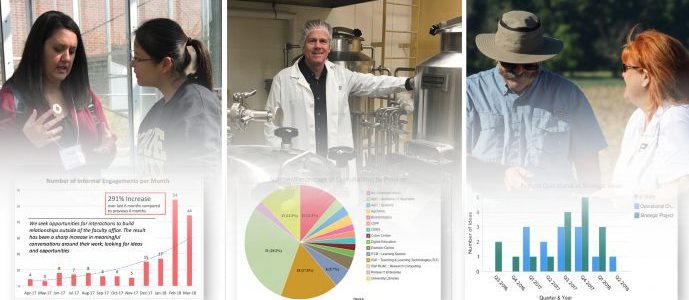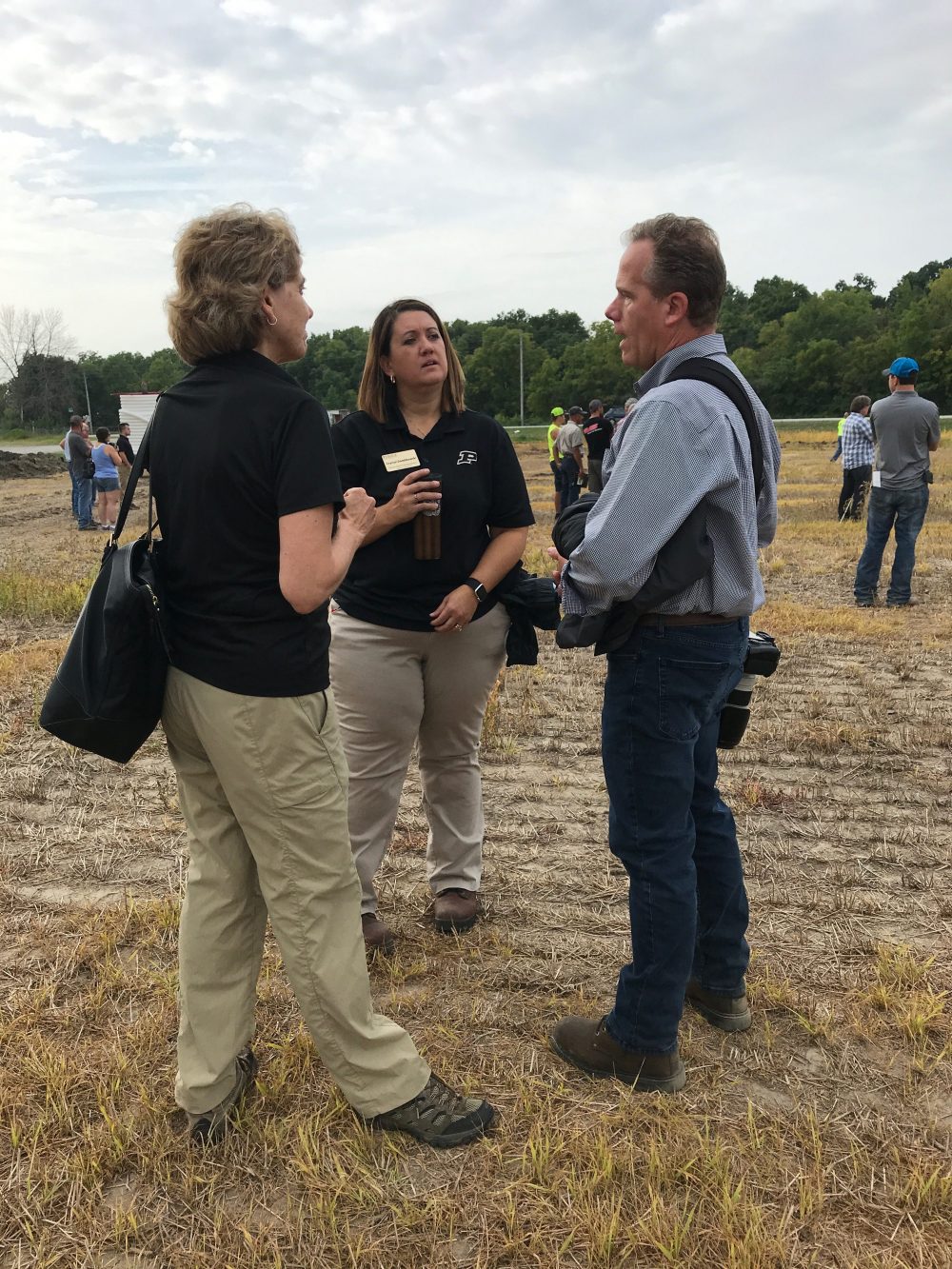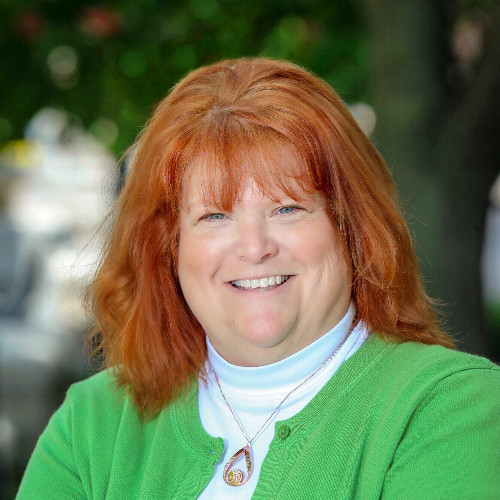Journey of BRM: Purdue Part 2

With BRMConnect 2018 just around the corner, we’re diving even deeper into this year’s theme: The Journey of BRM. Already, we’ve highlighted and shared the stories of top BRMs in our #IAmBRM campaign. We launched Becoming A Value-Focused Organization to support BRMs on their journey to identify and drive value in their organizations. Now, we’ll share the step-by-step process of The College of Agriculture at Purdue University, in a series of pieces which document their own, very special Journey of BRM. The series will culminate with the release of their annual report at BRMConnect in San Diego this Oct 1-3.
It may be difficult to decide where to start when leveraging a BRM capability. As IT and business evolve towards shared ownership of strategy and results, success metrics become even more important. It’s helpful to realize that metrics mature towards value and impact over time. Converged teams rely on building trusted relationships and it takes some time to gain this trust and reach true strategic partnerships. We can use this timeframe as an opportunity to begin to work with metrics, such as leading and lagging indicators; building a strong foundation for value-based metrics.
Our Starting Point: The First Report
I wanted to be able to provide ‘wow’ metrics, but the reality was that our first official, one-page report included the number of faculty (business partners) with whom BRM was working, outcomes (e.g., tasks) and meeting counts. Even that simple report generated some excitement and we were invited to present the BRM capability to a wider audience two weeks later.
The report included the number of service consultations that BRM professionals had coordinated to date. These are ‘deep dive’ conversations around an IT service, such as research computing, data management or instructional design. We collected data that reinforced that we were connecting faculty to the IT investment; making strides towards delivering on our directive to bring the full potential of the IT investment to the faculty.

Understanding Trends with our Partners
It only took that one success to help cement the understanding that metrics, even ‘starter’ metrics, can have a big impact. So, I continued to actively listen to conversations. What are people asking about BRM? Where is the confusion around BRM? How do we use metrics to illustrate that as a BRM team and capability, we are maturing; creating strategic partnership? More importantly, do we have data that helps explain trends we are experiencing with both our business and strategic partners?

For example, as we began to engage in informal environments, such as seminars, field days, etc., I began to notice a change in our work. Informal engagements led to improved relationships, which led to a change in conversation. As we spoke with faculty about their activities in Discovery, Learning and Engagement, we better understood their academic or business goals. We were able to move from tactical requests to connecting to the IT enterprise. We were beginning to collect ideas and opportunities. Our metrics reinforced this trend.
Annual Report

Leanne McGiveron
Associate Director, Business Relationship Manager
BRMConnect 2017 provided us with the confidence that we were on the right path. When we returned home, we began to put further clarity around our BRM efforts. We created our guiding principles; mission, vision, values and a value proposition statement. We began to tackle value. Before we could help articulate value reached through business-IT convergence we needed to understand our value as BRM professionals, discipline and capability. It gave us the opportunity to continue to match the data to the work. We also expanded to success stories illustrating the value BRM was bringing to the college; delivering on the directive. The result was content for an annual report which was presented to our college academic leadership during our departmental annual review.
You can’t measure what you don’t track.
Here is the reality. Our metric journey is possible because we track our work. We’ll explore that in our next article as Kayla Gurganus, our BRM Program Coordinator discusses this topic.